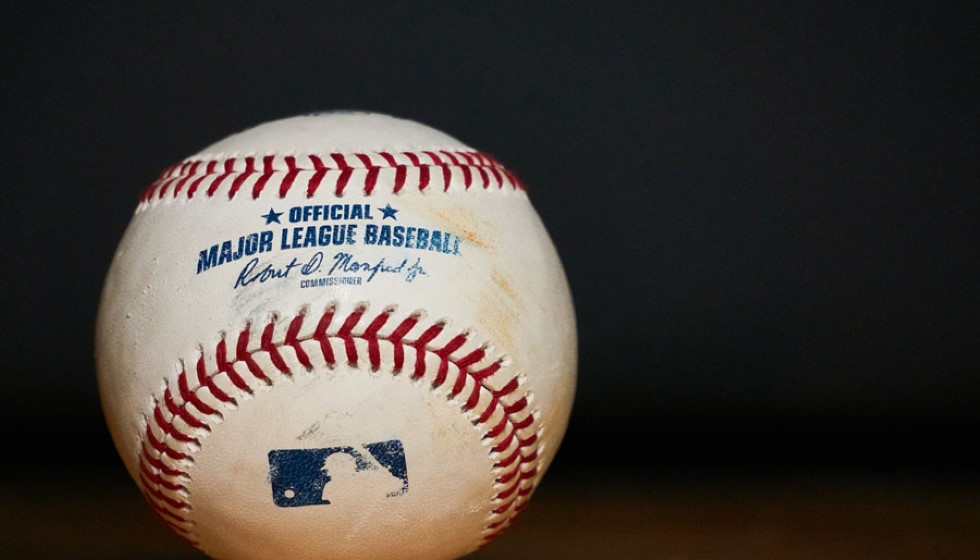
In the high-stakes world of Major League Baseball, two names at the center of pitcher discussions are Max Fried and Blake Snell. Both southpaws are on the brink of potentially lucrative contracts, thanks to the scarcity of elite starters in the market. However, beyond their similar transactional prospects, Fried and Snell offer contrasting profiles that captivate analysts and fans alike.
Consistency Versus Potential
Max Fried boasts an impressive career ERA+ of 140 across almost 900 innings, indicative of his effectiveness and reliability on the mound. His worst WAR season as a full-time starter came in at 2.6—a respectable figure, especially considering it occurred during a season when he was limited to just 14 starts due to injury. This record places Fried firmly in the camp of consistent, dependable pitchers.
Blake Snell, in contrast, presents a more volatile profile. He has accomplished the rare feat of winning two Cy Young awards, a testament to his ability to dominate when he's at his best. However, his career has been punctuated by seasons characterized by high walk rates and fluctuating WAR outputs, leading to varied performance outcomes.
The Safe Choice
The debate between preferring Fried over Snell often boils down to the dichotomy of safety versus potential risk. As Matt Snyder succinctly puts it, "Fried is the much safer option... a much more steady presence." This sentiment is echoed by R.J. Anderson, who states, "If I had my druthers I would take Fried... he doesn't have the same command-related crater risk." Fried's stability and ability to minimize risks associated with command issues are critical considerations for teams prioritizing dependability.
Gambling on Greatness
For those willing to gamble, Snell’s allure lies in his potential for brilliance. As Mike Axisa notes, "When he's on, he's as good as any pitcher in the game... Snell is one of the game's premier bat-missers." His ability to miss bats can turn games, and seasons, on their head, providing teams with an X-factor that can't be ignored. However, this potential comes with inherent risks, as highlighted by Dayn Perry: "It's hard for me to overlook his chronic command-and-control issues."
Financial Implications
When it comes to their anticipated financial outlooks, the narrative becomes even more intriguing. R.J. Anderson speculates that "they might have a similar financial outlook based on their ages and track records." This prediction underscores the complexity of valuing pitchers who carry very different risk-reward profiles. Teams weighing their options must consider not only immediate needs but also the long-term impacts of their investment.
The Southpaw Decision
Ultimately, the decision between Fried and Snell hinges on a team's appetite for risk and their assessment of each pitcher’s trajectory. As Snyder opines, "I like gambling at times, but less so with southpaw pitchers in their 30s. Gimme the safe option in Fried." This perspective may align with organizations wary of variability as pitchers enter the latter stages of their careers.
In the end, both Max Fried and Blake Snell hold immense value in their own rights, with their distinct styles and histories offering rich narratives for teams to consider. Whether opting for the consistency of Fried or the tantalizing, albeit unpredictable, heights of Snell, franchises are set to make strategic choices that could shape their fortunes for years to come.